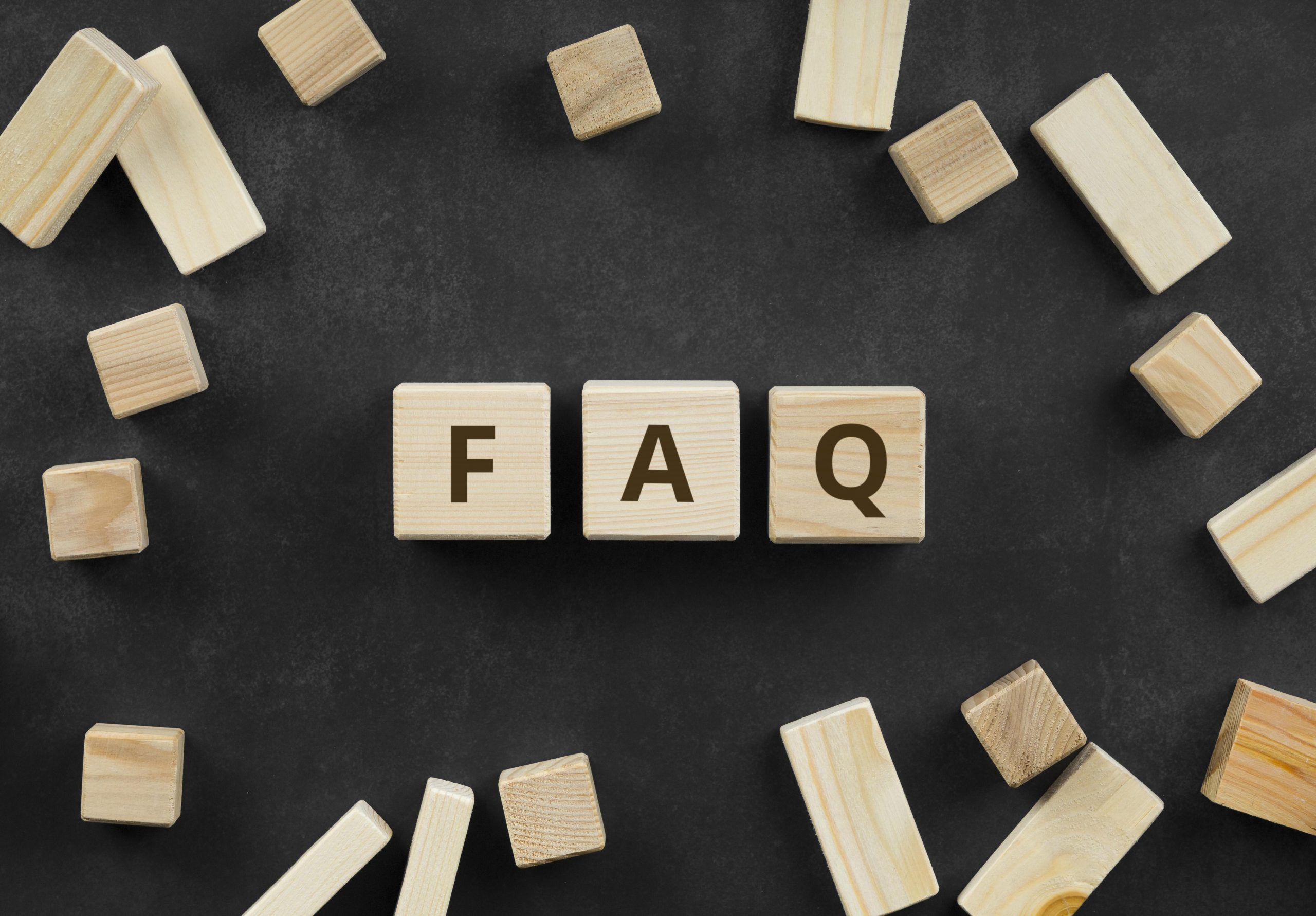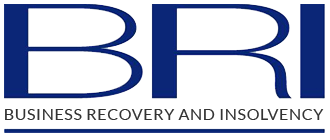Company Insolvency
We are an independent firm of insolvency practitioners who specialise in company insolvency. We are committed to finding the right solutions for businesses and individuals in financial difficulty.
Forms of Company Insolvency
There are different forms of company insolvency which may affect organisations. This includes Limited Liability Partnerships (‘LLPs’) and similar structures. These are the main forms of company insolvency that we specialise in:
- Company voluntary arrangement (‘CVA’) – CVA is a legally binding agreement between a company and its creditors to repay debts over a fixed period. This allows the company to continue trading whilst it repays its creditors by debt restructuring or asset disposal and sale.
- Administration – Administration is a process designed to rescue a company in financial trouble to maximise the return to its creditors. An insolvency practitioner is consulted to help formulate a restructuring plan, which may lead to administration. This is so that the company can be rescued and continue trading so that the business is protected whilst marketing and sale for all or part of the business is explored. This allows the company to achieve a better outcome than liquidation.
- Creditors’ voluntary liquidation (‘CVL’) – During CVL, a company’s assets are sold to repay its debts to creditors. In a CVL, the liquidation is initiated by the company directors and enacted by shareholders.
- Compulsory liquidation – Compulsory Liquidation is the winding up of the company through the court and is often initiated by creditors via a winding-up petition.
There is also:
- Members Voluntary Liquidation (‘MVL’) for solvent companies to extract value for shareholders once the company has come to the end of its useful life.
We deal with the above relating to companies, LLPs, charities, societies, and members clubs.
How to Handle Company Insolvency
You will likely be on this page because you are having some financial difficulty and may not know exactly which company insolvency procedure is relevant to you. At BRI Business Recovery and Insolvency, we are here to help and are able to provide tailored advice for your situation so that you can find the best possible solution for you and your business. Contact us today for more information or to ask any questions.
Recent changes to insolvency law (the Corporate Insolvency and Governance Bill) gives us new tools in our toolkit to help with company insolvency. These follow the direction of travel of the last couple of decades by directing everyone towards rescue and recovery to ensure that businesses, where viable, avoid company insolvency.
Rescue and Recovery
The move towards rescue and recovery for companies chimes well with what BRI Business Recovery and Insolvency are about. The first and most satisfying part of our name – Business Recovery – comes from the 85% of our work that, iceberg-like, remains unseen, given we try our very best to keep businesses from paying for formal appointments unless necessary.
Helping people avoid needing us in formal company insolvency is the foundation upon which the reputation of BRI Business Recovery and Insolvency is built. This is the reason we have received many testimonials from businesses, individuals, and formal clients, as can be seen here.
Getting Help and Advice for Company Insolvency
As with many things, company insolvency is better not left unattended. You don’t want to be an ostrich and bury your head in the sand. The earlier you call for help and advice, the more likely we will be able to help you salvage your business and hopefully make things right so that you can enjoy the fruits of your labours for many years to come.
Contact us if you would like further information and assistance regarding any aspect of company insolvency. There is no charge for doing so, and it is done without obligation.

Company Voluntary Arrangement
Creditors Voluntary Liquidation


Administration
Compulsory Liquidation


